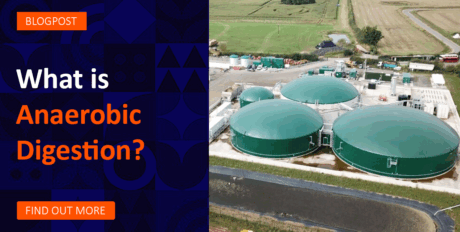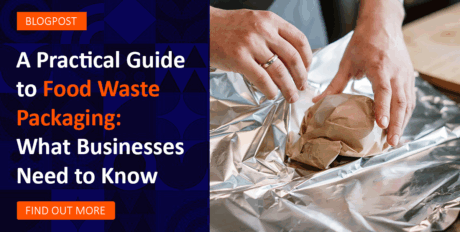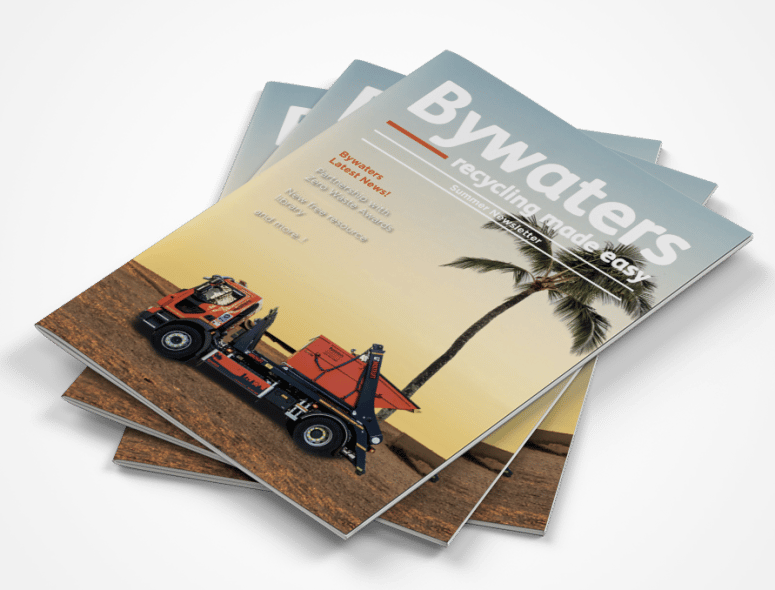Contact us today for your Free Quote
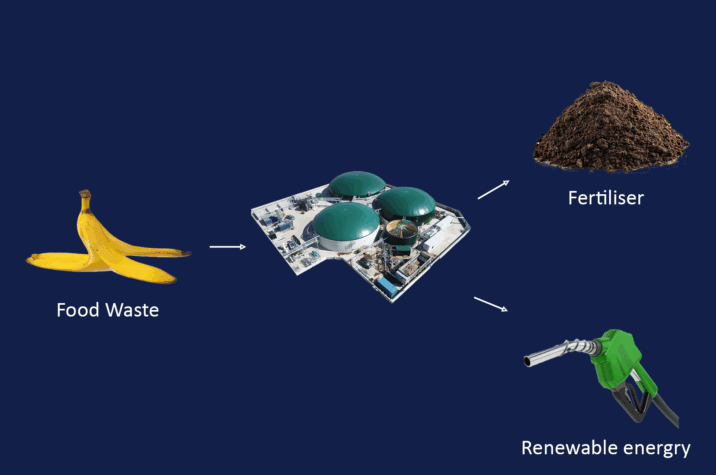
Anaerobic Digestion (AD) is a natural process that offers a sustainable alternative to traditional waste disposal. It involves breaking down organic matter, such as food waste, in a sealed environment without oxygen.
When food waste is left to rot in a landfill, it decomposes to produce methane, a greenhouse gas 28 times more potent at trapping heat than carbon dioxide. By using Anaerobic Digestion, we capture that methane and convert it into renewable energy and nutrient-rich fertilisers, preventing harmful emissions from entering our atmosphere.
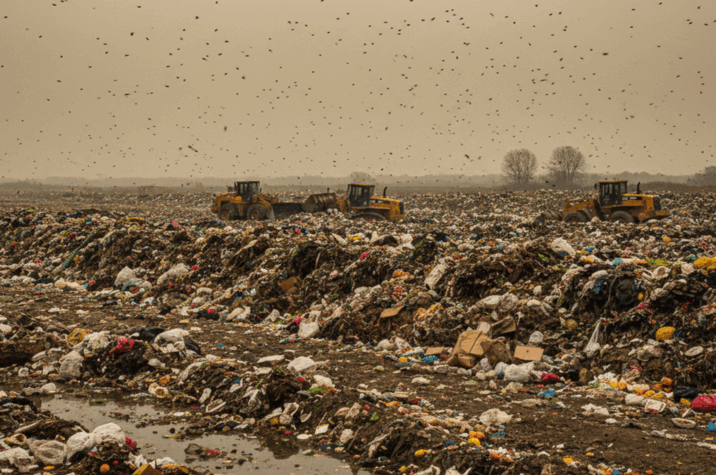
The True Cost of Food Waste
While Anaerobic Digestion provides a solution, the scale of the waste problem in the UK remains a significant challenge. According to the latest figures from WRAP (July 2025), the UK generates approximately 10.2 million tonnes of food waste annually.
The environmental and financial costs of this waste are staggering:
Environmental Impact: Food waste rotting in landfills is responsible for an estimated 18 million tonnes of CO2 equivalent (CO2e) emissions in the UK each year.
Landfill Pressure: Despite progress in recycling, approximately 5.3 million tonnes of biodegradable municipal waste was still sent to landfill in the last reported year.
Financial Loss: Wasted food costs the UK economy roughly £19 billion annually, which equates to over £1,000 per year for an average family of four.
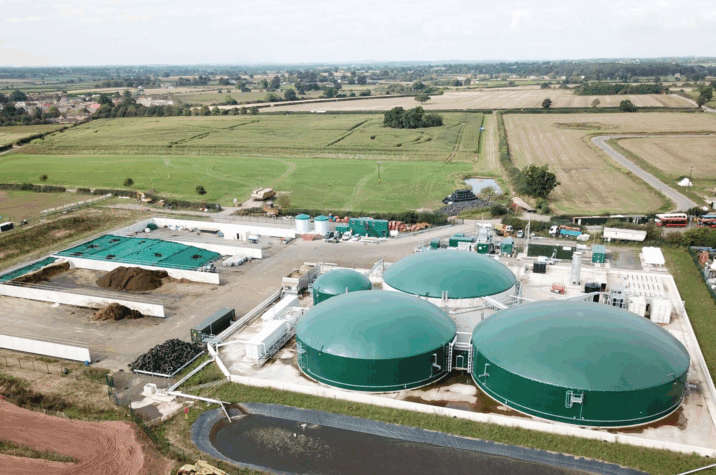
Our Anaerobic Digestion Process
Collection & Preparation: Our Euro 6 Fleet vehicles collect your segregated food waste and transport it to our anaerobic digestion partner plant. The waste is fed into rotating bag splitters to remove packaging and shredded into a pumpable liquid.
Pasteurisation & Digestion: The waste is pasteurised for safety and pumped into temperature-controlled, oxygen-free tanks.
The “Mechanical Stomach”: Much like a human stomach, bacteria in these tanks break down the matter over 30 to 35 days. This must be a strictly anaerobic environment to allow the microorganisms to function correctly.
Separation: The process transforms the waste into two valuable products: Biogas and Digestate.
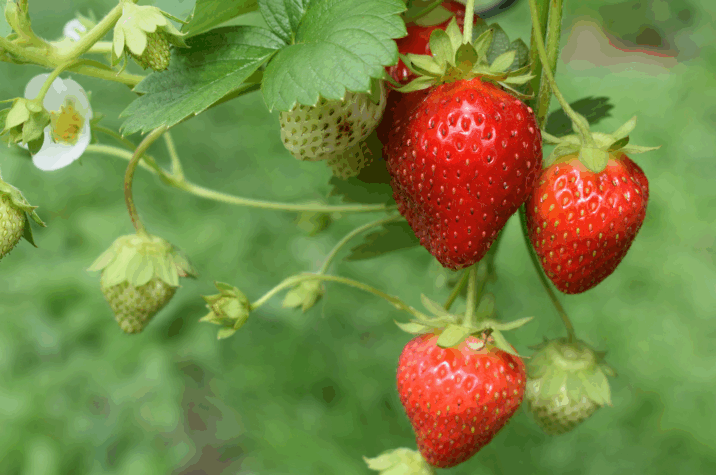
The Results: Green Energy and Bio-fertilisers
Renewable Energy: Captured biogas is used to generate electricity. This powers the plant and the surplus is exported to the National Grid, providing green energy to local homes.
Sustainable Farming: The leftover material, known as digestate, is a nutrient-rich bio-fertiliser containing nitrogen, phosphate, and potassium. This is returned to the land to grow new crops, completing the circular economy.
Why It Matters
Anaerobic digestion is the Government’s preferred route for food waste under the Simpler Recycling scheme. By choosing AD, you aren’t just complying with the law; you are actively helping the UK reach its Net Zero target by 2050.
Is your business compliant with the new Simpler Recycling laws? Don’t risk fines for non-compliance. Call us today or get a quote now!
More posts:
The Ultimate Guide For a Sustainable School and University
Download The Ultimate Guide For a Sustainable School or University. Get the roadmap to cut costs, reduce your carbon footprint, and boost your ESG profile with 5 core pillars.
Read moreWhat is Anaerobic Digestion?
Discover how our Anaerobic Digestion process turns UK food waste into renewable energy. Stay compliant with 2026 Simpler Recycling laws and reach Net Zero.
Read moreA Practical Guide to Food Waste Packaging: What Businesses Need to Know
Food packaging plays a major role in workplace waste, but not everything that looks recyclable actually is. This guide explains how different packaging materials behave in the waste system, how contamination affects recycling, and what businesses can do to make smarter, more sustainable choices.
Read more

